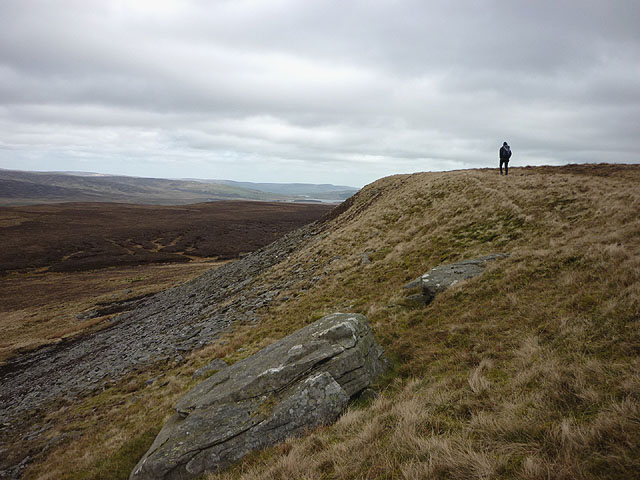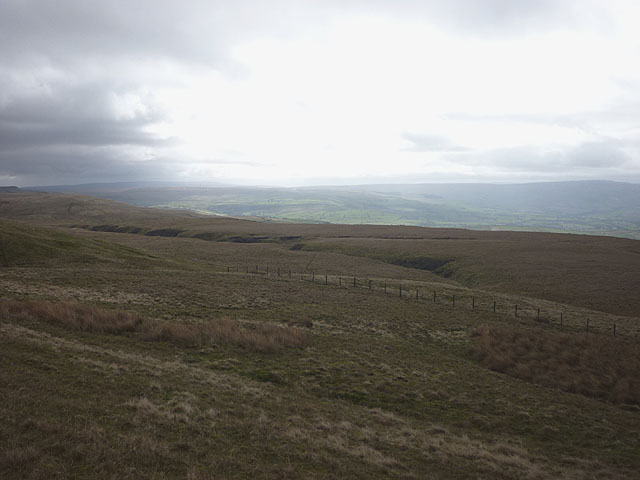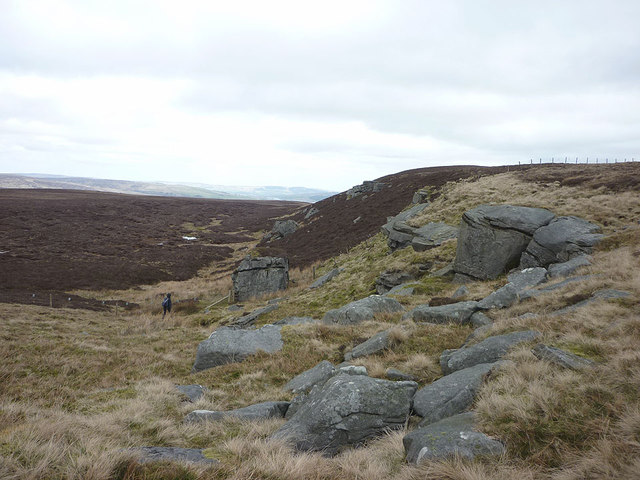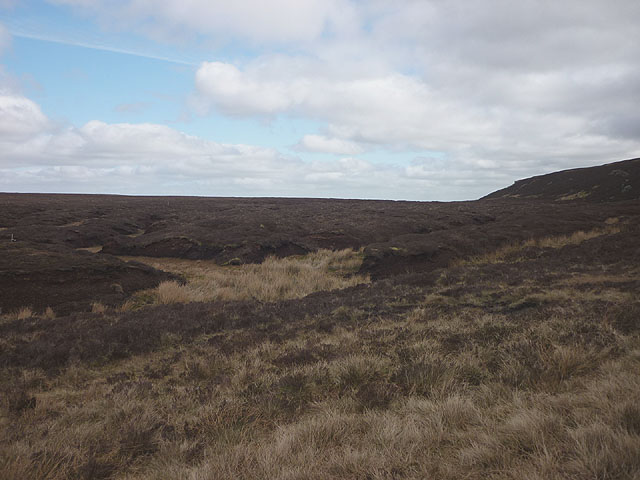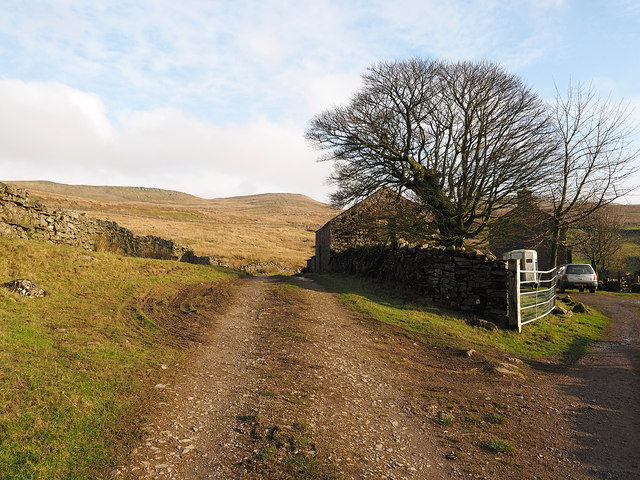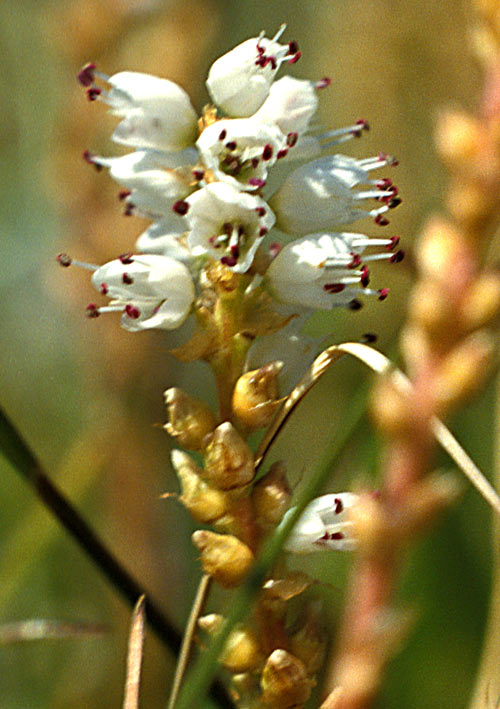Boneson Moss
Downs, Moorland in Westmorland Eden
England
Boneson Moss
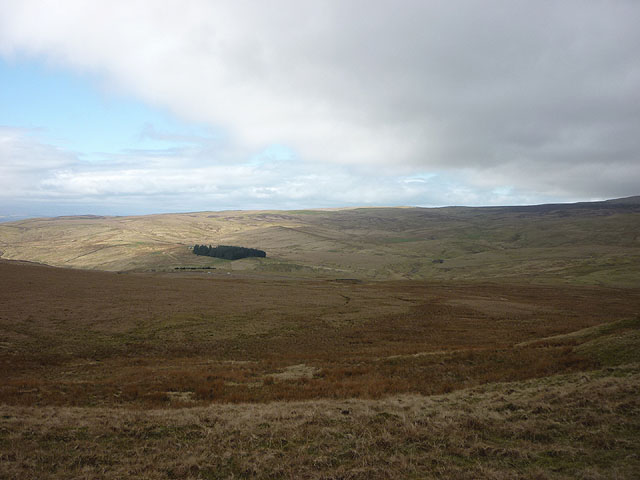
Boneson Moss is a captivating expanse of natural beauty situated in the county of Westmorland, England. Located amidst the Downs and Moorland regions, it spans over a vast area and offers visitors a unique and serene experience. The moss is characterized by its rich vegetation, enchanting landscapes, and diverse wildlife.
The moss’s terrain is predominantly made up of wet, peat-rich soil that supports the growth of various species of mosses, heathers, and grasses. These provide a vibrant display of colors throughout the year, with shades of green, purple, and yellow dominating the landscape. The area is dotted with small pools and streams, adding to the picturesque charm.
Boneson Moss is also home to a plethora of wildlife species, making it an ideal destination for nature enthusiasts. Visitors can spot a wide range of birds, including red grouse, skylarks, and meadow pipits, as well as small mammals like voles and rabbits. The moss is also known for its diverse insect population, with dragonflies and butterflies fluttering around during the warmer months.
The tranquility and unspoiled nature of Boneson Moss make it a popular spot for activities such as hiking and birdwatching. Several walking trails crisscross the area, allowing visitors to explore its hidden corners and take in the breathtaking views. Whether it's the vast open spaces, the unique flora and fauna, or the peaceful ambiance, Boneson Moss offers an unforgettable experience for all who venture into its embrace.
If you have any feedback on the listing, please let us know in the comments section below.
Boneson Moss Images
Images are sourced within 2km of 54.553067/-2.2389611 or Grid Reference NY8417. Thanks to Geograph Open Source API. All images are credited.
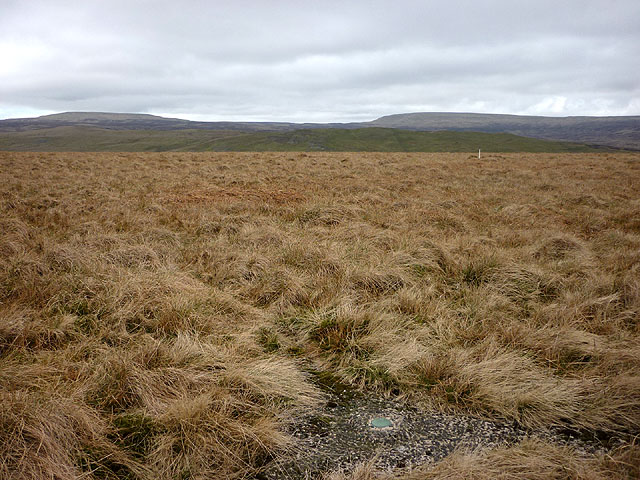
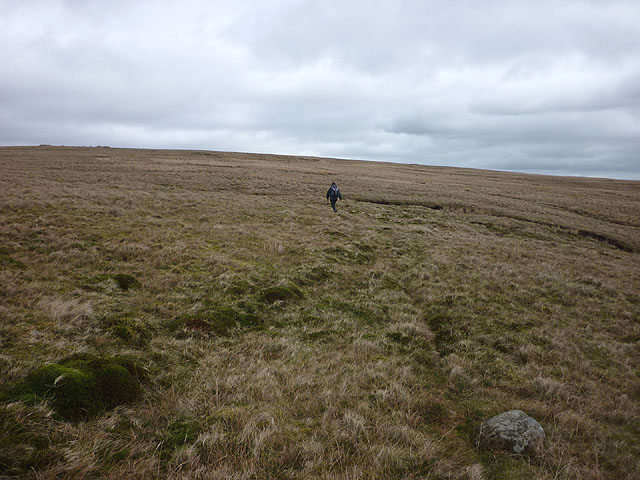

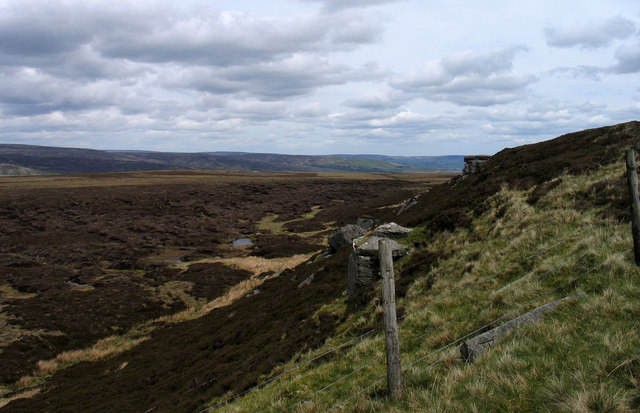
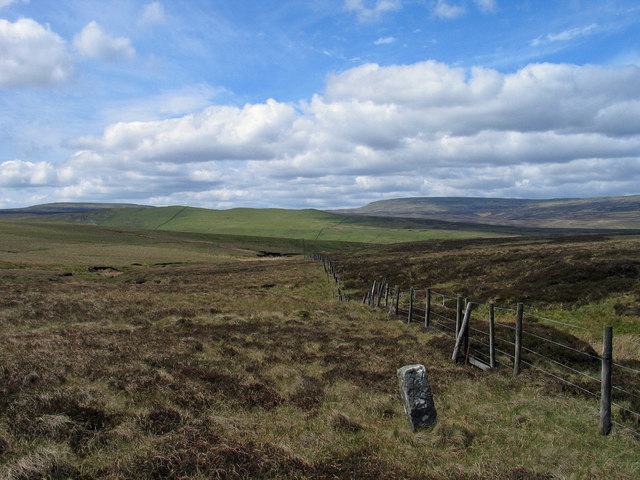
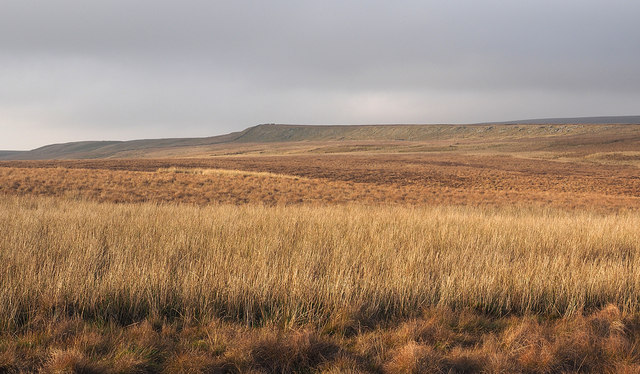



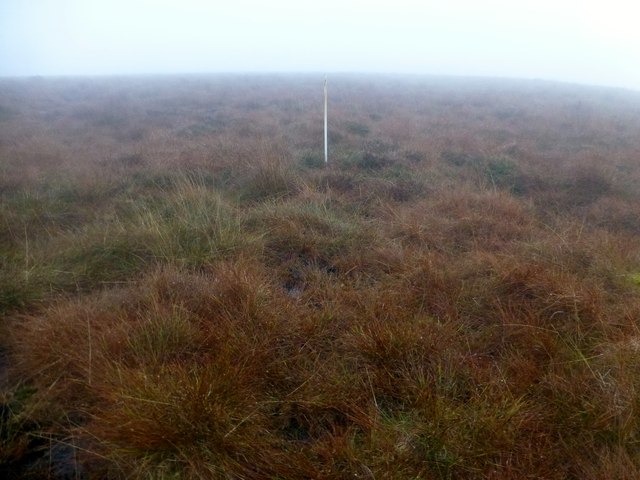
Boneson Moss is located at Grid Ref: NY8417 (Lat: 54.553067, Lng: -2.2389611)
Administrative County: Cumbria
District: Eden
Police Authority: Cumbria
What 3 Words
///converged.escalated.readings. Near Holwick, Co. Durham
Nearby Locations
Related Wikis
A66 road
The A66 is a major road in Northern England, which in part follows the course of the Roman road from Scotch Corner to Penrith. It runs from east of Middlesbrough...
Stainmore
Stainmore is a remote geographic area in the Pennines on the border of Cumbria, County Durham and North Yorkshire. The name is used for a civil parish...
Foster's Hush
Foster's Hush is a Site of Special Scientific Interest in the Teesdale district of west County Durham, England. It is located in the valley of Lune Head...
Battle of Stainmore
The Battle of Stainmore was probably fought between the Earldom of Bernicia, led by Oswulf, and the forces of the last Norse king of Jórvík (York), Eric...
Lune Forest
Lune Forest is a Site of Special Scientific Interest covering an extensive area of moorland in the Teesdale district of west Durham, England. In the north...
Grains o' th' Beck Meadows
Grains o' th' Beck Meadows is a Site of Special Scientific Interest in the Teesdale district of south-west County Durham, England. It consists of three...
Snowdrift at Bleath Gill
Snowdrift at Bleath Gill is a 1955 British Transport Film documentary directed by Kenneth Fairbairn. The 10-minute-long film presents a first-hand account...
Close House Mine
Close House Mine is a Site of Special Scientific Interest in the Teesdale district of west County Durham, England. It is a working opencast mine located...
Have you been to Boneson Moss?
Leave your review of Boneson Moss below (or comments, questions and feedback).
